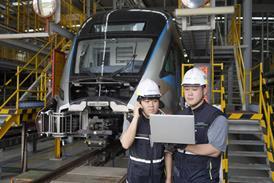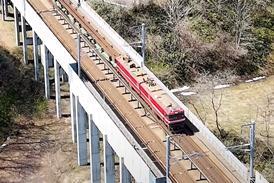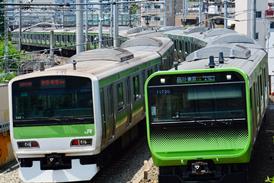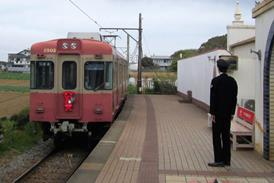Close menu
- Home
-
News
- Back to parent navigation item
- News
- Traction and rolling stock
- Passenger
- High speed
- Freight
- Infrastructure
- Policy
- Technology
- Ticketing
- Business
- Research, training and skills
- Accessibility and inclusion
- People
- Urban rail news
- Suburban and commuter rail
- Metro
- Light rail and tram
- Monorail and peoplemover
- Regions
- InnoTrans
- In depth
- Events
- Data
- Maps
- Tenders & Jobs
- Sponsored content
- Insights
Milano - Bologna will complete Italy’s north-south TAV corridor
By Railway Gazette International1997-10-01T10:00:00
INTRO: Formal authority has been granted for construction to start next year on the Milano - Bologna high speed line. This will form the last section of a high speed route which will transform rail travel in Italy’s primary north-south corridor
Already have an account? LOG IN
To continue…
You’ve reached your limit of content for the month














